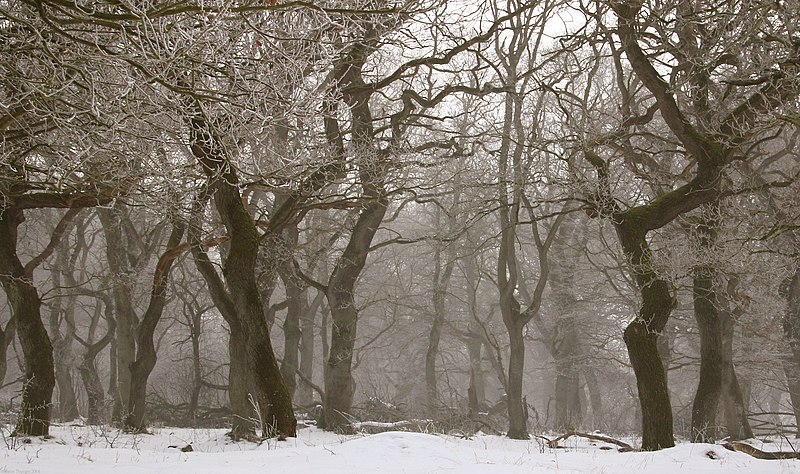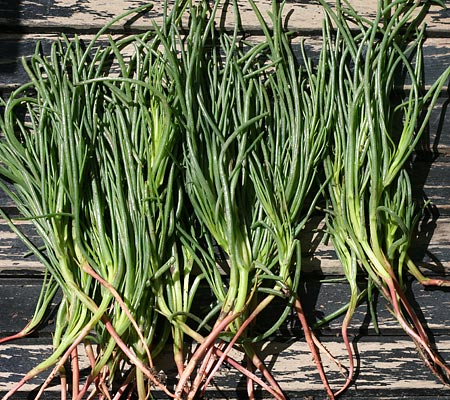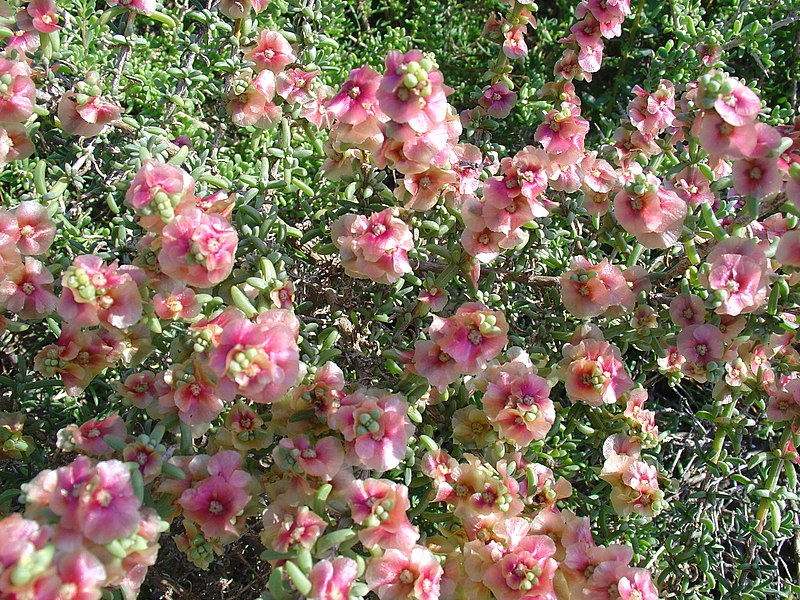Semi-deciduous
http://en.wikipedia.org/wiki/Semi-deciduousSemi-deciduous is a botanical term which refers to plants that lose part of their foliage, also Semi-deciduous plants can mean, that plants can lose their foliage for a very short period, when old leaves fall off and new foliage growth is starting. This phenomenon occurs in tropical and sub-tropical woody species, for example in Mimosa bimucronata. Semi-deciduous may also describe some trees, bushes or plants that normally only lose part of their foliage in Autumn/Winter or dry season, but might lose all their leaves in a manner similar to deciduous trees in an especially cold Autumn/Winter or severe dry season (drought).
落葉植物Deciduous
http://zh.wikipedia.org/zh-tw/%E8%90%BD ... D%E7%89%A9落葉植物,是植物學中一個常見名詞,與常綠植物相對,在一年中有一段時間葉片將完全脫落,枝幹將變得光禿禿的沒有葉子。落葉性出現的原因如季節及氣候有明顯關係。由於在秋冬季節溫度一般較低,氣候亦較乾旱及易有缺水情況,致使植物生長停止,葉全部脫落,於翌年再長出嫰葉。
除了於熱帶及部分溫帶地區生長的物種較多為常綠性外,其餘植物皆為落葉性或半落葉性。半落葉性表示植物同樣受秋冬季節氣候影響導致生長抑緩,其葉則有部分脫落。
Deciduous
http://en.wikipedia.org/wiki/DeciduousDeciduous means falling off at maturity or tending to fall off and is typically used in reference to trees or shrubs that lose their leaves seasonally and to the shedding of other plant structures such as petals after flowering or fruit when ripe. In a more specific sense deciduous means the dropping of a part that is no longer needed, or falling away after its purpose is finished. In plants it is the result of natural processes. Deciduous has a similar meaning when referring to animal parts such as deciduous antlers in deer,[1] or deciduous teeth, also known as baby teeth, in some mammals (including human children).
Botany
In botany and horticulture, deciduous plants, including trees, shrubs and herbaceous perennials, are those that lose all of their leaves for part of the year. This process is called abscission. In some cases leaf loss coincides with winter - namely in temperate or polar climates. While in other areas of the world, including tropical, subtropical and arid regions of the world, plants lose their leaves during the dry season or during other seasons depending on variations in rainfall.
The converse of deciduous is evergreen, where green foliage is persistent year round. Plants that are intermediate, may be called semi-deciduous; they lose old foliage as new growth begins.[2] Other plants are semi-evergreen and lose their leaves before the next growing season, but retain some during winter or during dry periods.[3] Some trees, including a few species of oak have desiccated leaves that remain on the tree through winter; these dry persistent leaves are called marcescent leaves and are dropped in the spring as new growth begins.
Many deciduous plants flower during the period when they are leafless as this increases the effectiveness of pollination. The absence of leaves improves wind transmission of pollen for wind-pollinated plants, and increases the visibility of the flowers to insects in insect-pollinated plants. This strategy is not without risks, as the flowers can be damaged by frost or, in dry season regions, result in water stress on the plant. Nevertheless, there is much less branch and trunk breakage from glaze ice storms when leafless, and plants can reduce water loss due to the reduction in availability of liquid water during the cold winter days.[4]
Leaf drop or abscission involves complex physiological signals and changes within plants. The process of photosynthesis steadily degrades the supply of chlorophylls in foliage; plants normally replenish chlorophylls during the summer months. When days grow short and nights are cool, or when plants are drought stressed, deciduous trees decrease chlorophyll pigment production allowing other pigments present in the leaf to become apparent, resulting in autumn color. These other pigments include carotenoids that are yellow, brown, and orange. Anthocyanin pigments produce reds and purple colors, though they are not always present in the leaves but are produced in the foliage in late summer when sugars are trapped in the leaves after the process of abscission begins. Parts of the world that have showy displays of bright autumn colors are limited to locations where days become short and nights are cool. In other parts of the world the leaves of deciduous trees simply fall off without turning the bright colors produced from the accumulation of anthocyanin pigments.
The beginning of leaf drop starts when an abscission layer is formed between the leaf petiole and the stem. This layer is formed in the spring during active new growth of the leaf, it consists of layers of cells that can separate from each other. The cells are sensitive to a plant hormone called auxin that is produced by the leaf and other parts of the plant. When the auxin coming from the leaf is produced at a rate consistent with that of the auxin from the body of the plant, the cells of the abscission layer remain connected; in autumn or when under stress the auxin flow from the leaf decreases or stops triggering cellular elongation within the abscission layer. The elongation of these cells break the connection between the different cell layers, allowing the leaf to break away from the plant, it also forms a layer that seals the break so the plant does not lose sap.
A number of deciduous plants remove nitrogen and carbon from the foliage before they are shed and store them in the form of proteins in the vacuoles of parenchyma cells in the roots and the inner bark. In the spring these proteins are used as a nitrogen source during the growth of new leaves or flowers.[5]
Deciduous forest in autumn
http://en.wikipedia.org/wiki/File:Aeria ... Colors.jpg
Deciduous forest in winter
http://en.wikipedia.org/wiki/File:Langa ... mfrost.jpg
魚臭木屬
http://en.wikipedia.org/wiki/Premna臭娘子
在墾丁可以看到不少
http://en.wikipedia.org/wiki/File:Premn ... ifolia.jpg
























